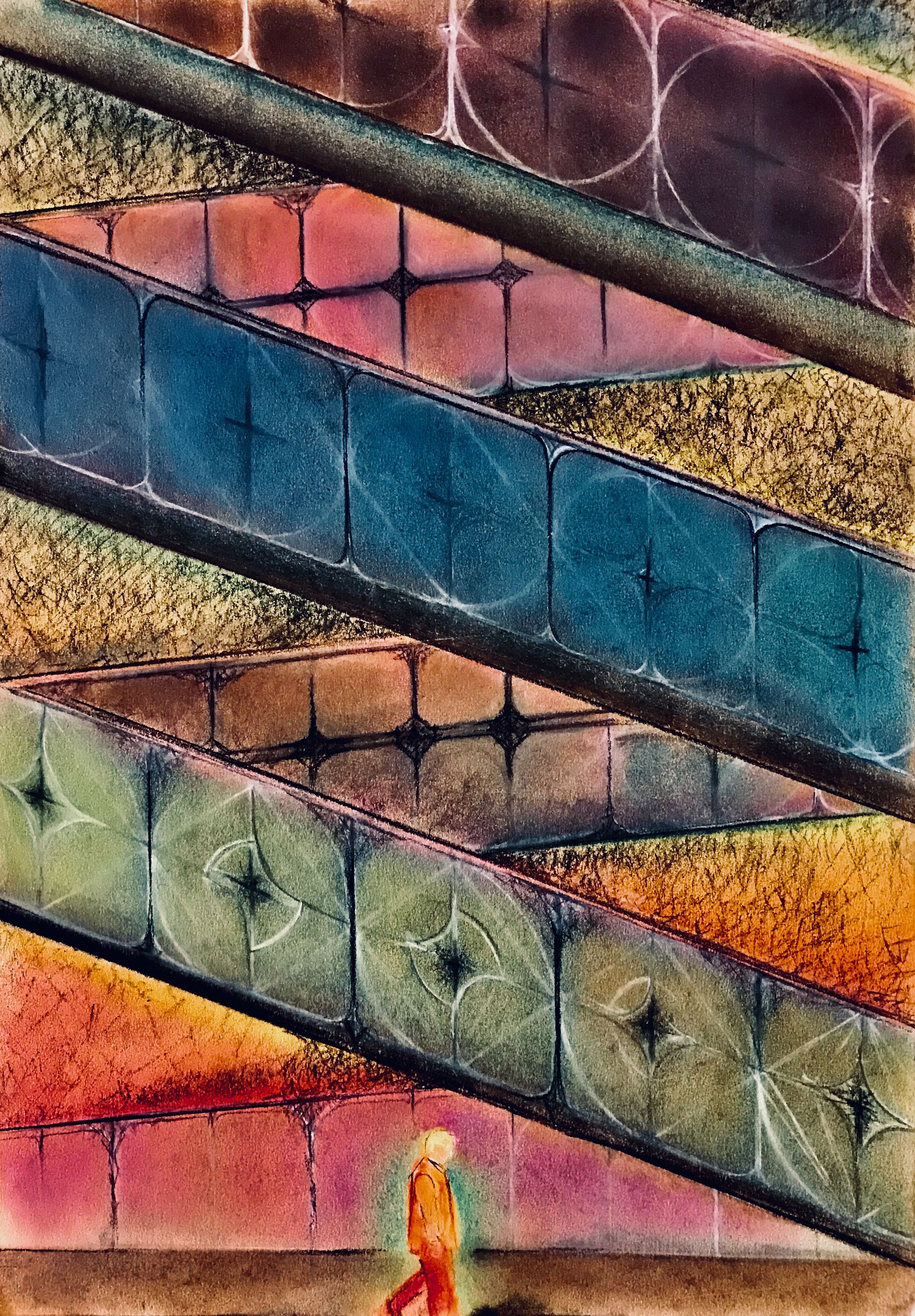Analyzing problems
Listening to the Koln Concert
When men and women come together, how much they have to abandon! wrens make their nests of fancy threads and string ends, animals abandon all their money each year.
What is it that men and women leave?
Harder than wrens’ doing, they have to abandon their longing for the perfect. The inner nest not made by instinct will never be quite round, and each has to enter the nest made by the other imperfect bird.
Robert Bly
Analysing Problems involves comparing and contrasting, and making meaningful connections while stepping back, understanding and contrasting them with those we have faced in the past.
“With the global pandemic having upended how we work and live, the complexity and intensity of the challenges we are facing exceeds our emotional resilience. And the understanding what’s happening in your body, mind, and emotions is at least as important to sustainable performance as the skills you bring to the work you do.
In an attempt to look more deeply at how we react to different levels of stress in our lives, we understood that human beings don’t operate from a single stable self. Rather, we unconsciously move between three primary selves — the child self, the defender, and the adult self — which vie for attention and control, depending on the demands we’re facing.”
Our connective awareness provides us with the capacity for Analyzing Problems.
The agility with which leaders can carry out tasks associated with analysing problems depends on their connective awareness - the quality of attention brought to actual or potential problems. And this capacity comes from understanding the collective defences that drove organising in the first place, eventually leading to the process of institutionalisation. In complex, rapidly changing environments, problems are ill-structured and even more so when they cross disciplinary, organisational or cultural boundaries and when they need to be solved in connection with other problems.
Awareness of the ways we seek safety and establish collective arrangements aids in expanding our connective awareness.
Organisational members employ a range of tactics to suppress disturbing thoughts and effects, and keep them out of consciousness so they can gain a sense of safety. While such tactics help an organisation to hold itself together, they also limit innovation and adaptation, capacities necessary for working with changing realities. Social defenses, collective arrangements in the form of an organisational structure, a work method, or a prevalent discourse, are created or used by members to protect against disturbing effects triggered by perceived external threats, internal conflicts, or the nature of the work. They take birth when the structures are inadequate in supporting people’s work. Through investment in institutional features that sustain convenient illusions, members begin behaving as if those features are necessary even if they are dysfunctional. This pattern is not too dissimilar from when we protect, and attempt to replicate familiar relations.
Working with the tensions between the way we organize emotions and the way we think about and work through them, enables us to understand power structures that stall learning and change.
The organising of emotions this way aids institutionalisation - a process of division of emotional labour. This helps dealing with unpleasant experiences in the immediate term. However, because they are dealt with without thinking about or working through them, over time, it contributes to sustaining power structures. When we say power here, we mean the ability to not have to learn because the direction of unwanted emotional elements is usually downward, in terms of hierarchy and status. In summary, social defences help the powerful avoid learning, forcing less powerful others to carry what those in power cannot bear to know or feel.
